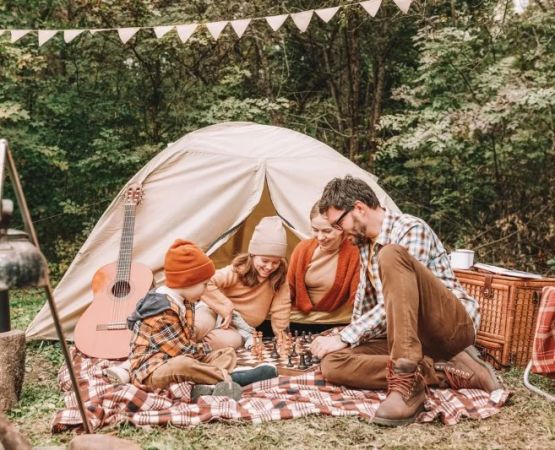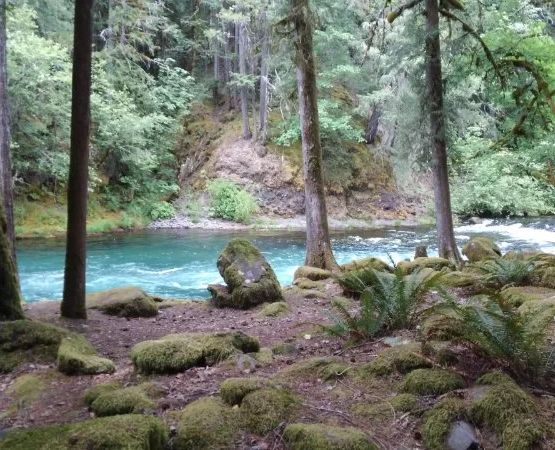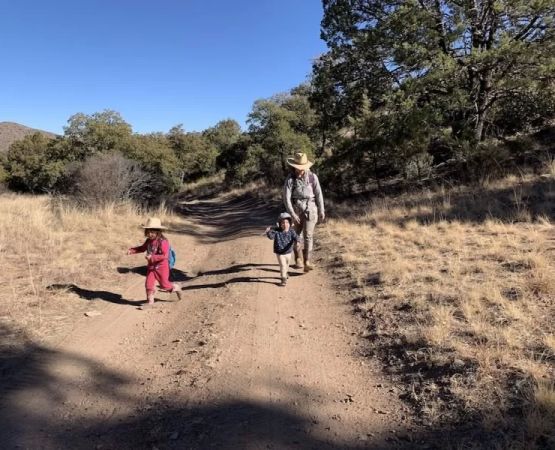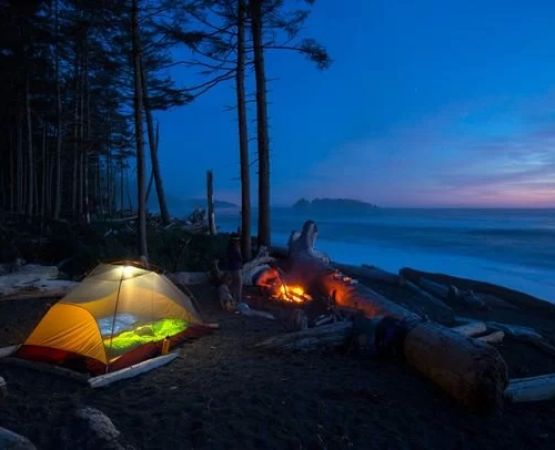- Importance-of-choosing-the-right-backpacking-cookset
- Materials-and-durability-in-backpacking-cooksets
- Weight-and-packability-for-backcountry-travel
- Cooking-capacity-and-style-considerations
- Fuel-compatibility-and-heat-efficiency
- Real-world-experiences-and-lessons-from-campers
- Finding-quality-backpacking-cooksets-you-can-trust
1. Why Choosing the Right Backpacking Cookset Matters
Backpacking is about balancing minimalism with comfort, and one of the most important decisions you’ll make is choosing the right backpacking cookset. A well-selected cookset ensures you can prepare nourishing meals in the wilderness without carrying unnecessary weight. Forgetting this detail can result in poorly cooked meals or carrying heavy gear that slows down your hike. Smart planning allows you to enjoy both efficiency and delicious food outdoors.
2. Materials and Durability in Backpacking Cooksets
Cooksets come in various materials, each with distinct advantages. Titanium is ultralight and durable but more expensive. Aluminum offers quick heating and affordability but may dent easily. Stainless steel is tough and long-lasting but heavier than other options. A popular online case involved a thru-hiker on the Pacific Crest Trail who switched from a bulky steel pot to a titanium set, cutting weight by nearly a pound while maintaining reliability. The choice of material directly impacts both your cooking experience and the longevity of your gear.
3. Weight and Packability for Backcountry Travel
Every ounce matters on the trail. A compact cookset that nests together—pots, pans, and cups fitting neatly—saves space and simplifies packing. Backpackers often debate whether carrying a small pan is worth the weight, with ultralight enthusiasts preferring just a pot and spork. A real example from Appalachian Trail hikers shows that cooksets designed for compactness often lead to smoother camp setups and less wasted pack space. Efficiency in packing translates to energy saved on long treks.
4. Cooking Capacity and Style Considerations
Cooking style should guide your choice. Are you boiling water for freeze-dried meals or cooking fresh ingredients? Solo hikers often choose minimal one-pot cooksets, while group travelers may prefer larger sets with multiple pots. A group of friends camping in Yosemite shared online how having a larger cookset made communal meals easier and more enjoyable, while solo backpackers often celebrate the simplicity of minimalist gear. Matching your cookset to your cooking habits prevents frustration on the trail.
5. Fuel Compatibility and Heat Efficiency
A cookset’s efficiency depends heavily on how it pairs with your stove and fuel type. Wider pots improve stability and heat distribution, reducing cooking time and fuel usage. Some sets are designed with heat exchangers to maximize efficiency. Campers often recount experiences where mismatched pots wasted fuel, forcing early trail exits. Choosing cookware compatible with your stove system is a subtle but vital decision. At Pine Cliff Resort, you can find cooksets designed for different stoves, ensuring reliable performance in any environment.
6. Real-World Experiences and Lessons from Campers
Stories from the backpacking community highlight the importance of cookset choice. One viral story involved a hiker who attempted a week-long trek with only a tin can as a pot, only to struggle with uneven heating and spillage. On the other hand, seasoned campers often share how a quality cookset improves morale, turning mealtime into a highlight of the trip. These real experiences show that the right gear isn’t just about survival—it’s about enhancing the overall journey.
7. Finding Quality Backpacking Cooksets You Can Trust
With countless options on the market, choosing a trusted source matters. Pine Cliff Resort offers curated backpacking cooksets tested for durability, efficiency, and weight balance. Whether you’re a solo adventurer or a group camper, investing in reliable gear ensures that your cooking experience is both convenient and enjoyable. The right cookset is not just equipment—it’s the tool that turns camp meals into memorable experiences.







